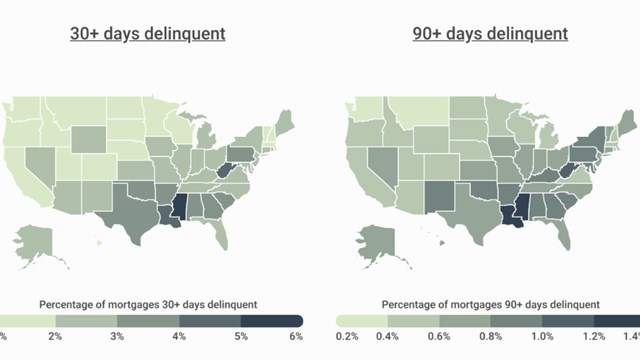
Condo fever continues to spread across New York real estate, replacing any available land with shiny towers. Now that the most obvious places for construction have been exhausted, developers are increasingly turning to smaller co-ops to buy out and rebuild.
In order to buy out a co-op building, buyers need a supermajority of the building shares, in most cases either 75 or 80 percent, which requires the cooperation of most, if not all, of the building’s residents.
Developers focus on the smaller co-ops, often buildings that house no more than five residents, since it is much easier to get three or four residents to agree to sell instead of 50 or more in the largest buildings. While it is easier to convince a smaller number of people to sell, by no means is it a simple feat. It can lead to infighting and lawsuits among residents and even the developer.
“The smaller the co-op the messier this is. The owners are targeted individually; they are bombarded with multiple offers a month trying to talk them into selling. The smaller co-ops are perfect targets since the larger ones are much larger undertakings,” says Alexander Kanen, managing partner at Manhattan-based Kanen Law Firm.
Eviction Scenario
The grim reality for co-ops is that a buyout that meets the supermajority, but is not unanimous, means stubborn shareholders unwilling to go along with the plan can essentially get evicted from their homes.
Buyouts aren’t always forced onto the residents though. Many see the money that can be made and buildings have chosen to cash in and convert into a condominium building.
After the vote has been taken to ditch cooperative status, there are two directions for the conversion to take: the eviction plan and the non-eviction plan. “Generally speaking, an eviction plan would require a minimum of 51 percent of the co-op’s current owners to agree to purchase the apartments, while a non-eviction plan would only require only 15 percent of the current tenants to agree to purchase. It’s a big difference and the distinction is that the eviction plan allows the converter much broader powers and less protection for the tenants while the non-eviction plan allows more protection for the tenants and is easier to get through,” says Kanen.
In Manhattan, the non-eviction plan is used almost exclusively. Through this plan, non-purchasing tenants, those not part of the 15 percent purchasing into the new condominium, cannot be evicted so long as they occupy their apartments and meet certain requirements, until the plan is declared effective that is. Senior citizens (62 and older) and the disabled are protected from eviction although they may later buy their apartments at the price offered other tenants (at the time they make their decisions.)
“The tenants may not agree for various reasons, like not having the funds to buy out the property or it may not be about the money. They may not want to move,” says Kanen.
So long as the developer has followed the law to the letter, non-purchasing residents are left with limited means and can be evicted after the plan is completed. Residents could potentially file an injunction, which would allow them to stall the conversion and prevent the converter from collapsing the co-op. If the tenant’s rights have been violated they could potentially win but often the issue seems to be more about getting the right price.
“Oftentimes that’s what it comes down to, the tenant being bought out and for the right price, it may not be enough to buy themselves the same thing somewhere else,” says Kanen.
The New York Times reported on a co-op in which a conversion fell apart due to one of the five residents holding out and suing his neighbors, who were then all sued by the development company. Despite all this, all five residents subsequently agreed to work with the developer on separate offers.
John Zurz is a staff writer for The Cooperator.






Leave a Comment